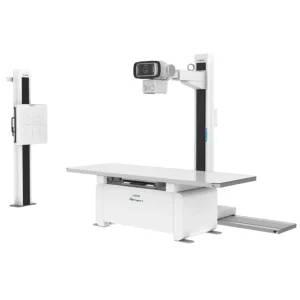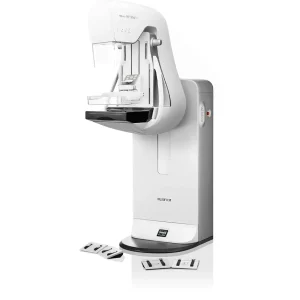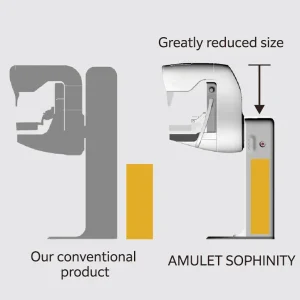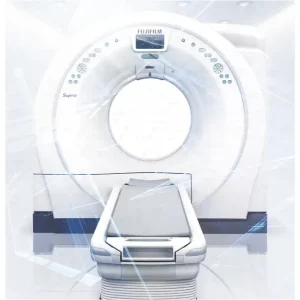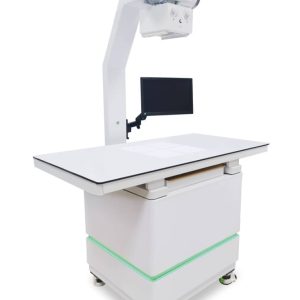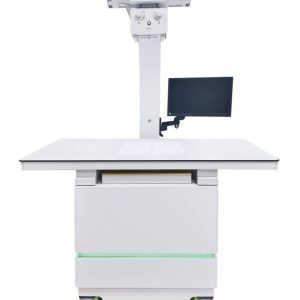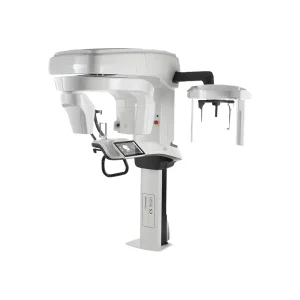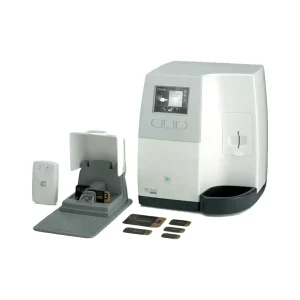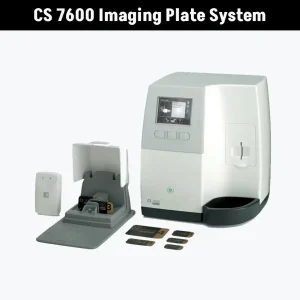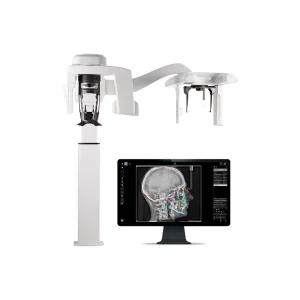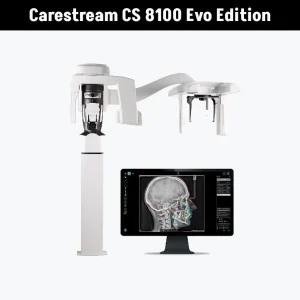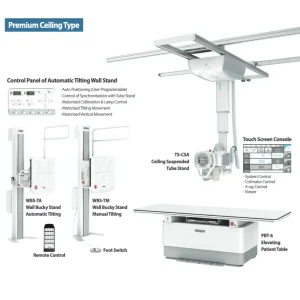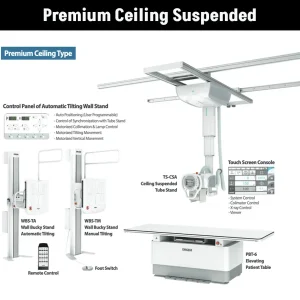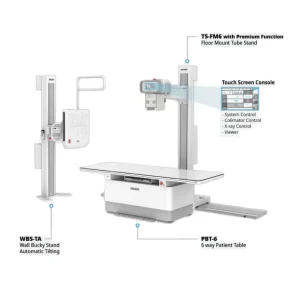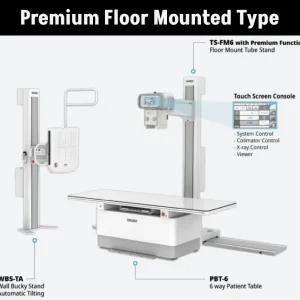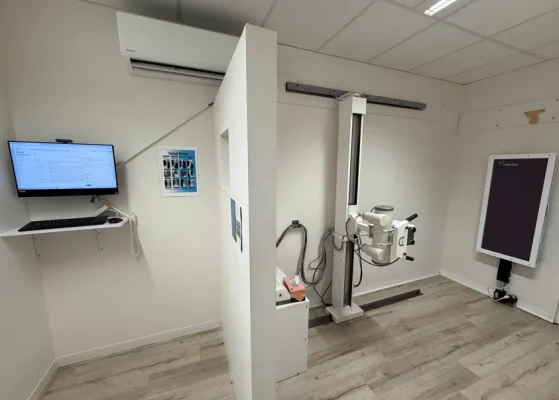Home » X-Ray Systems: Key Factors Beyond the Initial Price
When assessing the cost of x-ray systems, the initial purchase price is just one aspect. While budget systems may appear cost-effective, it’s important to understand what you are buying. There’s no right or wrong x-ray system, only the age old question whether it is fit for your purpose.
This blog discusses what contributes to the initial price of x-ray systems as well the elements that influence the overall final cost. I hope I can shed some light on your decision making.

Sam, Medic Cloud Managing Director
Why are some x-ray systems cheaper?
Image quality
- Budget systems: These x-ray systems often provide essential features required for basic imaging. They may lack advanced imaging capabilities, digital enhancements, or sophisticated software.
- Advanced systems: This range features the use of well thought out graphical user interfaces to capture high quality images. They also provide quick image processing, assistive prompts and automated processes with the user in mind.
Economies of scale
- Manufacturing and distribution: Large manufacturers often reduce costs by mass-producing and distributing basic models, making them more affordable. However, this cost reduction may result in fewer advanced features or alternative grade-level materials.
Component quality
- Budget systems: While these systems might be suffice for general use, they could struggle in more complex diagnostic situations.
- Advanced systems: This range features superior tubes, generators, and detectors that generally last longer, enhance image clarity and diagnostic precision.
Our x-ray system product range
Additional costs and considerations
Logistics and installation costs
- Geographical challenges: Australia’s expansive landscape can significantly affect logistics and installation expenses. Remote or rural areas often incur higher transportation and delivery fees due to distance and logistical complexity.
- Infrastructure requirements: Installing x-ray systems in urban areas or multi-story buildings may require traffic management and cranes, which add to the total cost. For example, moving equipment through congested streets or to upper floors can require special permits and arrangements.
- Local regulations: Compliance with local regulations may vary by region and could increase installation costs. Ensuring adherence to these rules may involve extra expenses.
Maintenance and support
- Budget systems: Maintenance and support options could be limited. If long term support options are required, there’s a chance it will attract an additional fee.
- Advanced systems: Included with the purchase are comprehensive support packages and extended warranties. This helps reduce long-term costs and enhances performance over time.
Training and usability
- Budget systems: May require more training, lack user-friendly features and potentially increase operational costs. On the contrary, limited features could be regarded as a benefit for professionals that prefer simplicity.
- Advanced systems: Usually equipped with intuitive interfaces and offer extensive training resources. One challenge could be that the additional features may overwhelm some users.
Making an informed decision
When considering an x-ray system, it’s vital to account for the following factors:
- Assess your needs: Determine if it meets your diagnostic requirements or if an advanced system with additional features is necessary.
- Consider installation and logistics: Factor in potential extra costs for logistics, installation, and compliance with local regulations, including any needs for cranes or traffic management.
- Evaluate long-term costs: Go beyond the initial price to consider ongoing maintenance, support, and training expenses.
At Medic Cloud, we have expertise in x-ray systems to assist you to minimise overheads and find the right system for your requirements. Call us at 1300 658 103.
Read more blogs

Subscribe to Medic Hub
Get the latest insights direct to your inbox.

